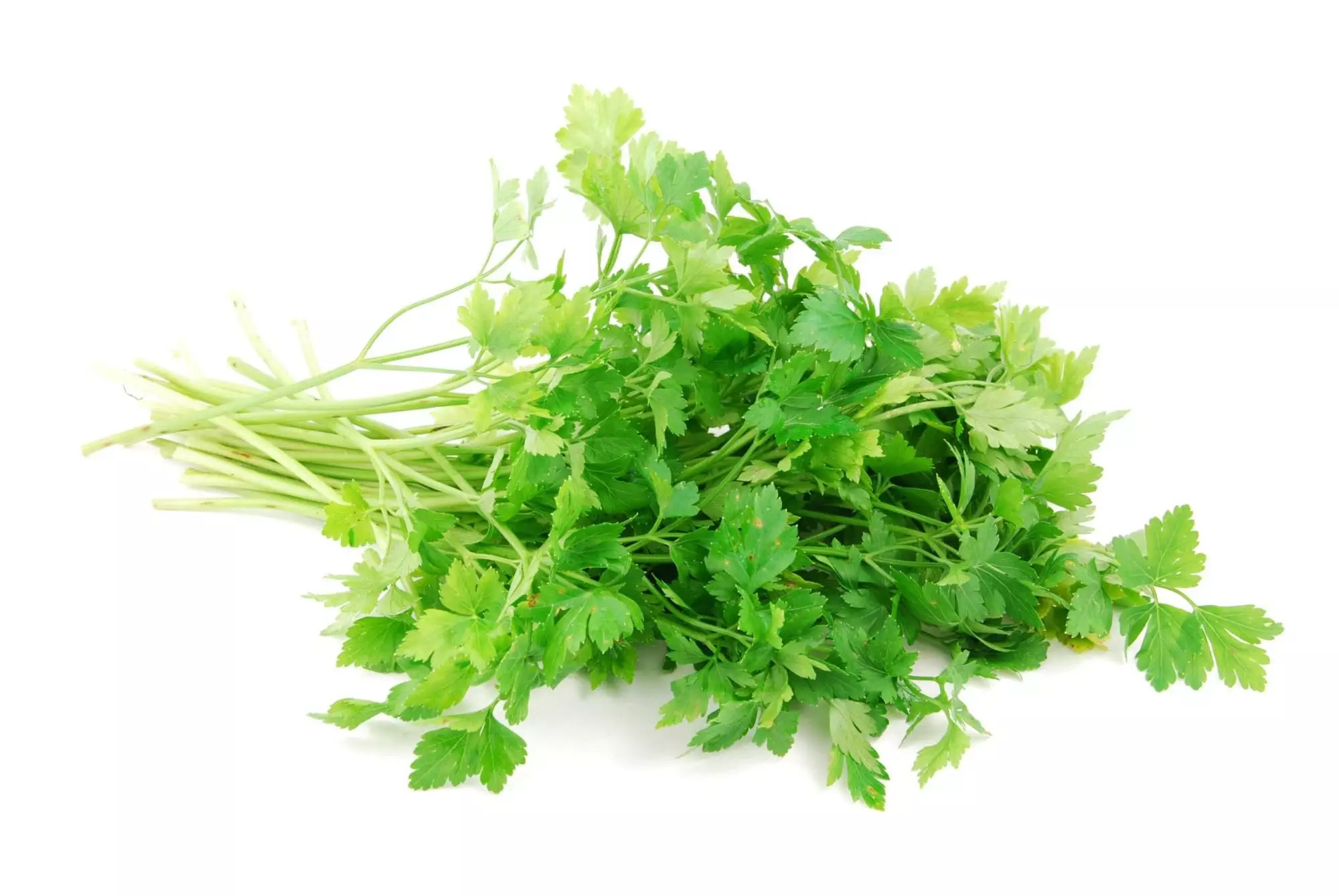Practical AdviceTo achieve balanced nutritionate-guide-to-a-healthy-balanced-diet-plate/”>Balanced Diet Food Listion: Tips and Tricks
Balanced Diet Food List: What to Eat for a Healthy Lifestyle
The Balanced Plate Method: A Visual Guide to Nutrition
How to Achieve Balanced Nutrition: Practical Advice
Do you find yourself constantly craving sugar-filled snacks? Do you feel sluggish, tired or moody after consuming them? If so, it’s time to break free from your sugar addiction. Here are some tips and tricks that can help you end your dependence on sugary foods and achieve balanced nutrition instead.
1. Start by reducing your intake of processed foods and sweets. These often contain high amounts of added sugars and unhealthy fats. Instead, focus on eating whole foods such as fruits, vegetables, lean proteins, and healthy fats like avocado and nuts.
2. Drink plenty of water throughout the day. Staying hydrated can help reduce cravings for sweet drinks and snacks.
3. Get enough sleep. Lack of sleep can disrupt hormones that regulate hunger and appetite, leading to increased cravings for sugary foods.
4. Exercise regularly. Physical activity can help improve mood, energy levels, and overall wellbeing while also helping to burn off excess calories.
5. Try incorporating spices into your meals. Cinnamon, ginger, and turmeric have all been shown to help regulate blood sugar levels and reduce cravings for sweets.
Now that you know how to break your sugar addiction, let’s take a look at what a balanced diet looks like.
Balanced Diet Food List: What to Eat for a Healthy Lifestyle
A balanced diet is essential for maintaining good health and achieving optimal performance in daily life. Here are some examples of foods that should be included in a balanced diet:
1. Fruits and Vegetables – aim for at least 5 servings per day. Choose a variety of colors and types to get different vitamins and minerals.
2. Whole Grains – choose bread, pasta, rice, and cereal made with whole grains like wheat, oats, barley, and quinoa.
3. Lean Protein – include sources of protein like chicken, fish, beans, lentils, and tofu in your meals.
4. Dairy Products – opt for low-fat or fat-free milk, yogurt, and cheese.
5. Healthy Fats – include sources of healthy fats like avocados, nuts, seeds, and olive oil in your meals.
6. Water – stay hydrated by drinking plenty of water throughout the day.
By including these food groups in your diet, you can ensure that you are getting all the necessary nutrients for good health.
The Balanced Plate Method: A Visual Guide to Nutrition
The balanced plate method is a visual guide to help you create balanced meals. It involves dividing your plate into four sections:
1. Half of your plate should be filled with veggies and fruit.
2. One quarter of your plate should be filled with a source of protein like meat, poultry, seafood, beans, or tofu.
3. One quarter of your plate should be filled with whole grains like brown rice, quinoa, or whole wheat bread.
Here’s an example of what a balanced plate might look like:
Protein (chicken breast)
Veggies (steamed broccoli)
Whole Grains (brown rice)
Fruit (apple slices)
With this simple visual tool, you can easily create balanced meals that provide all the necessary nutrients for good health.
How to Achieve Balanced Nutrition: Practical Advice
To achieve balanced nutrition, it’s important to make informed choices about the foods you eat. Here are some practical tips to help you do just that:
1. Read food labels carefully and choose products that are low in sodium, sugar, and unhealthy fats.
2. Cook at home more often to control the ingredients used in your meals. This allows you to use fresh, wholesome ingredients without added preservatives or flavor enhancers.
3. Plan your meals ahead of time to ensure that they are balanced and provide all the necessary nutrients. Use the balanced plate method as a guideline.
4. Incorporate new foods into your diet gradually to avoid any negative reactions. For example, try adding a serving of veggies to your usual breakfast routine before increasing portion sizes.

Remember, Balance is key when it comes to nutrition. By making small changes to your diet and lifestyle habits, you can achieve better health and wellness over time.









